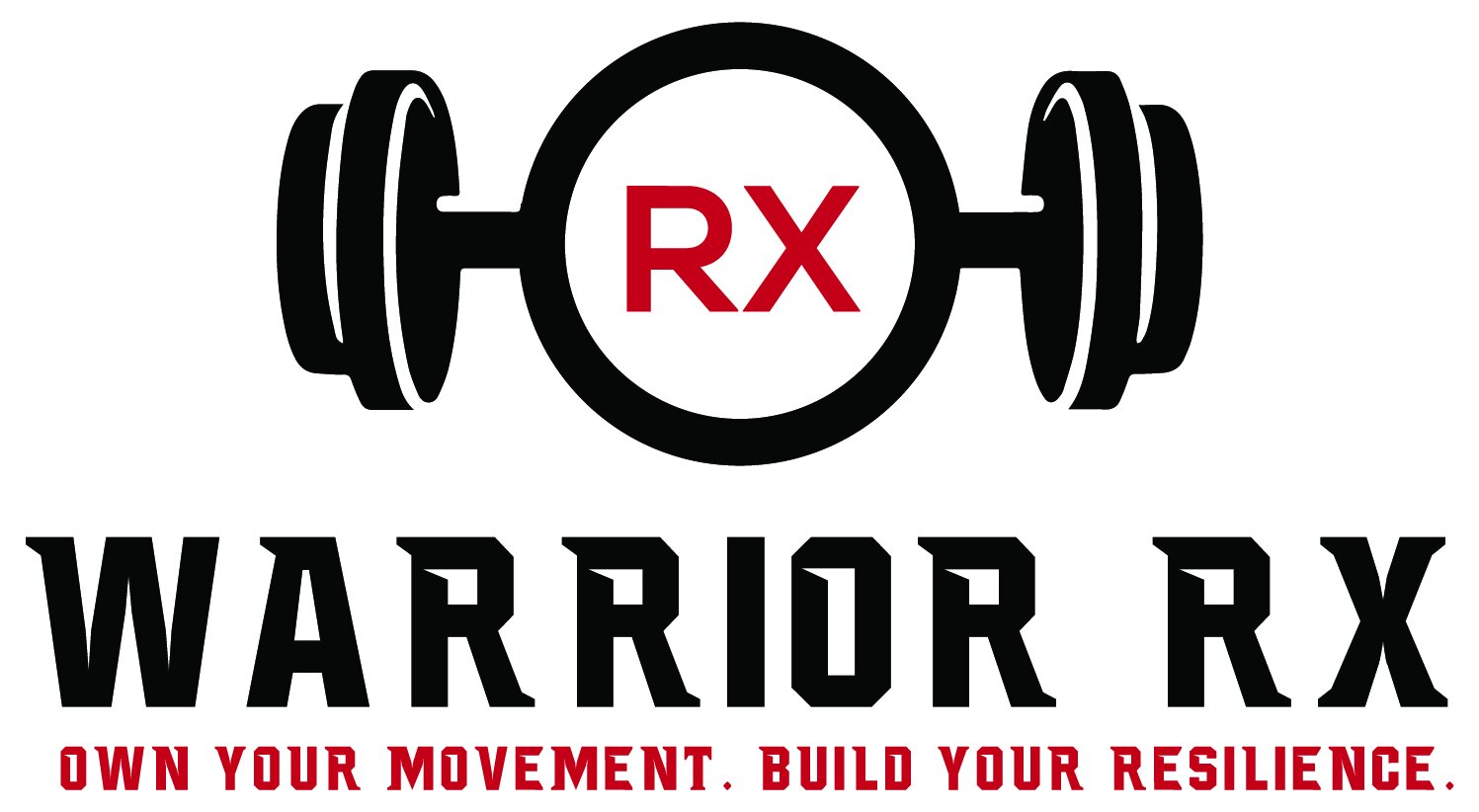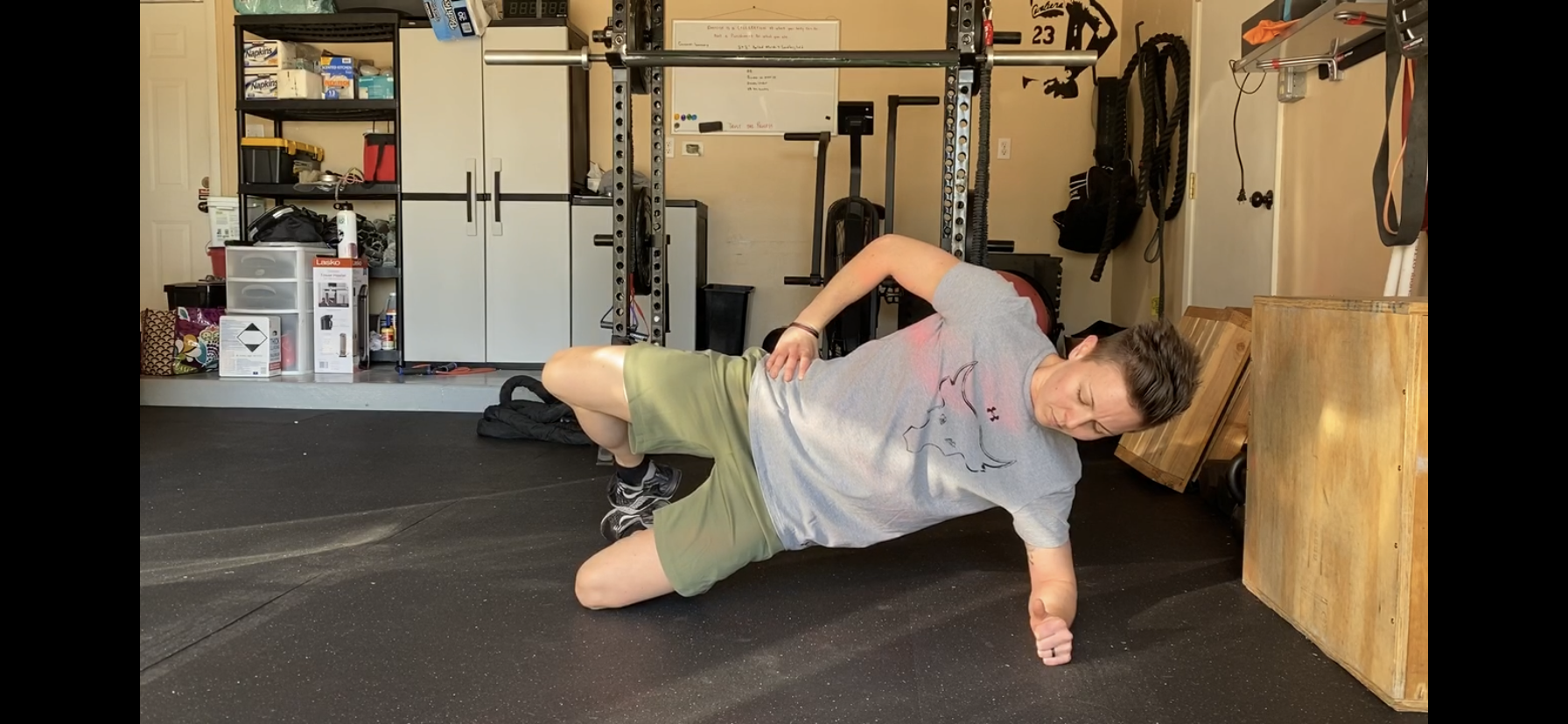Exercise of any kind brings with it an inherent risk for aches and pains. Unfortunately, complete injury prevention is a fool’s errand. Injury is the result of a complex systems interaction and can’t always be blamed on poor technique or too much weight on the bar. While you can’t fully prevent all injury, what you do when acute pain is present often dictates how quickly you eliminate that pain and return to full performance. The primary goal of this article is to give you my primary recommendations and strategies to stay active when pain is present including what to avoid and a roadmap to resolving your pain.
1: Talk to a Coach.
Your coach is versed in regressions and progressions. They are your front line resource when pain shows up to help you find an appropriate modification while maintaining the stimulus of your training. There are a ton of variables you can change to keep training even in the presence of pain.
2: Get Sweaty.
Pain can limit you from moving certain loads and maybe you have to remove a movement altogether for a period of time. The options for modifying movement are pretty endless, but my go-to option to do in any situation is to use a piece of cardio equipment to get your heart pumping. You can do 3 limb or even 2 limb conditioning to substitute. Pain can be visualized as a collection of irritants around a specific body part. If I’m having a hard time moving the area because of pain, I can use my central pump (AKA your heart) to get the area flushed with fresh blood and oxygen for healing and pain reduction. Simply substitute the same time or intensity stimulus on a cardio machine you can tolerate (reference #1 to help you determine this) If pain is elevated enough that you feel you can’t participate in class use the following bike routine separate to class, to get your sweat on.
Bike Intervals:
3 minutes 48-52
2 minutes 52-56
1 minute >56
Rest 1 minute
3. Self management strategies.
The RICE principle is outdated and debunked. In fact, the original author of RICE has publicly stated that there is no evidence behind RICE and he can’t even recommend it himself.
“Following the release of Reinl’s book, Mirkin publicly recanted his original position on the RICE protocol in a 2015 publication on his personal website (31). Mirkin even wrote the foreword to Reinl’s second edition of “Iced! The Illusionary Treatment Option”, and offered his revised opinion on the protocol he created;
Subsequent research shows that rest and ice can actually delay recovery. Mild movement helps tissue to heal faster, and the application of cold suppresses the immune responses that start and hasten recovery. Icing does help suppress pain, but athletes are usually far more interested in returning as quickly as possible to the playing field. So, today, RICE is not the preferred treatment for an acute athletic injury (36).”
https://thesportjournal.org/article/the-r-i-c-e-protocol-is-a-myth-a-review-and-recommendations/
This is pretty common in medical literature where treatment strategies have been shown to be ineffective, but remain utilized (IE: early imaging, knee arthroscopy, carpal tunnel surgery, bedrest for low back pain, need I continue…)ARITA should be your new strategy. Active Recovery Is The Answer. Tools like foam rollers, lacrosse balls, voodoo floss, low intensity steady state cardio all have something in common: increased blood flow and input to an injured area. These are all great tools to be used to help reduce pain inputs and allow you to keep training. Importantly, the stimulus you give with any of these tools should be nonthreatening and non-painful. All roads with soft tissue injuries lead to LOADING, and early loading can take the form of isometrics.
Chinese Plank 4x60 seconds
Isometric hold examples:
Shoulder pain: bottoms up holds
Bottoms Up Hold 4x45 seconds
Back pain: Chinese planks
Side Plank 4x45 seconds.
Knee pain: wall sit
Hip pain: side plank
4. Clean up your Ecosystem.
No discussion around pain is complete if you aren’t considering your own ecosystem and it’s impact on your pain processing. Pain is a signal that something is off, not always broken, but off. It is not a great time to stay up late, eat processed foods, etc. Your ecosystem includes: stress management, sleep quality and quantity, nutrition, and hydration. Focusing on improving one or all of these areas will help with pain improvement and activity.
Control what you can control. Do what you can do. One of my biggest hurdles as a physical therapist, is to remind you that there is still a lot of movements you CAN do when pain is present. The worst case scenario is you lose all your fitness and make yourself worse in the process because you’re so busy focused on what you can’t do that you do nothing.
Lastly,
5. Get Evaluated (caveat: by someone who does what you do.)
The biggest mistake athletes make is to wait and rest. During this time period they get weaker and more frustrated. The second biggest mistake athletes make is getting evaluated by someone who has no idea what a barbell is or why it’s fun (and extremely important) to deadlift, squat, run, bench, press shit overhead, hang on bars, etc. Not only is a healthcare provider who doesn’t do those things unlikely to evaluate your pain specific to your goals, but even worse they are unlikely to load you aggressively enough to get you back stronger.
So if:
Pain is worsening
You avoid specific training days
You’re feeling agitated or depressed about your pain
Your day to day is impacted (can’t dress without pain, can’t pick up my kids without pain)
Pain went away and came back
It is time to get evaluated and get a focused plan to get back to your activity stronger than before you experienced an injury.



